Home>Articles>How To Arrange Furniture In A Rectangular Living Room
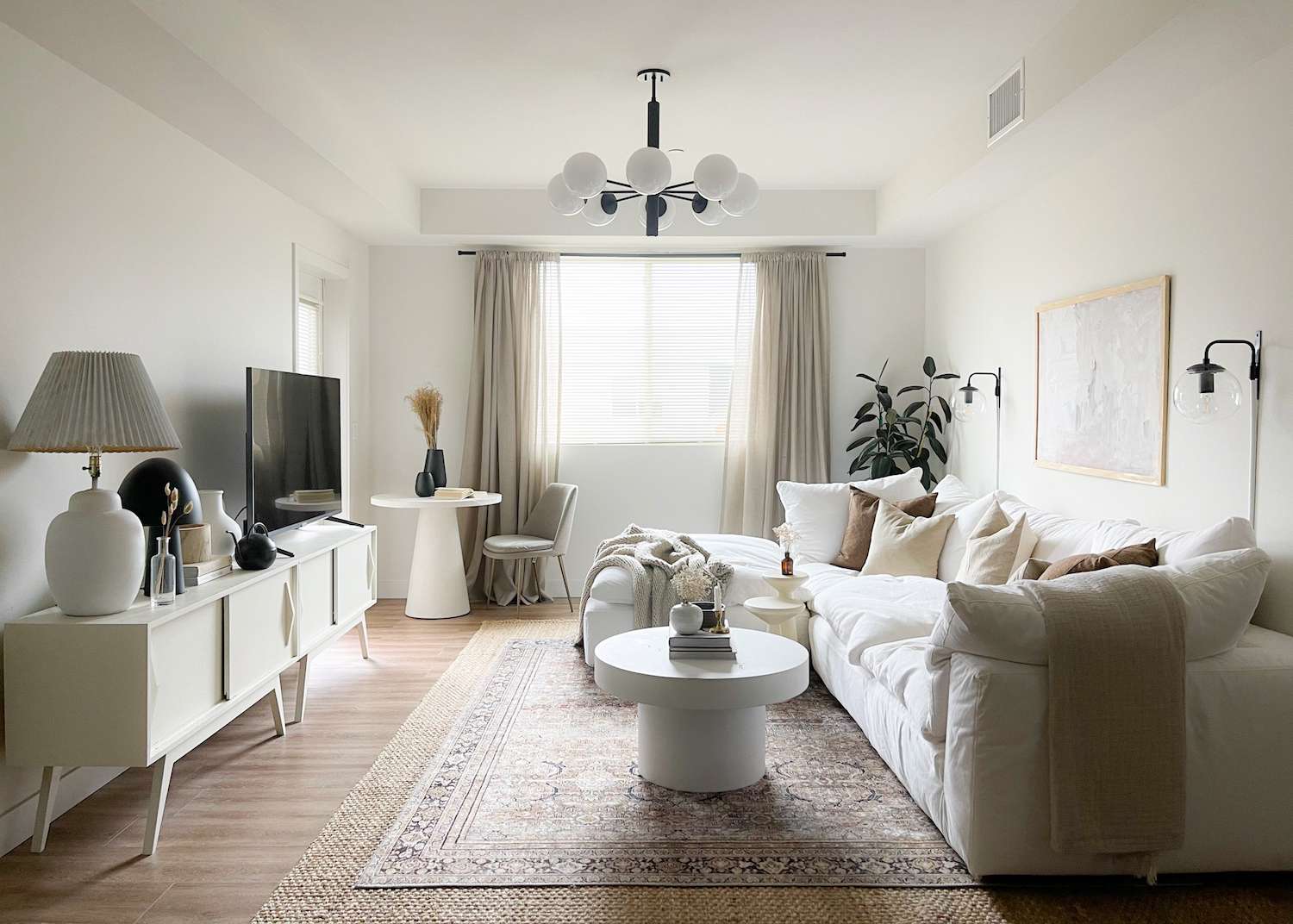

Articles
How To Arrange Furniture In A Rectangular Living Room
Modified: January 9, 2024
Learn how to arrange furniture in a rectangular living room with our helpful articles. Make the most of your space and create a functional and stylish layout.
(Many of the links in this article redirect to a specific reviewed product. Your purchase of these products through affiliate links helps to generate commission for Storables.com, at no extra cost. Learn more)
Introduction
Arranging furniture in a rectangular living room can be a challenging task. The shape of the room can make it difficult to find the right layout that maximizes both functionality and aesthetics. However, with careful planning and consideration, you can create a space that is not only visually appealing but also practical for daily use.
The key to successfully arranging furniture in a rectangular living room is to find a balance between creating a cozy, inviting atmosphere and maximizing the available space. This article will guide you through the process of arranging furniture in a way that makes the most of your rectangular living room, ensuring that it is both visually pleasing and functional for your needs.
Key Takeaways:
- Find the focal point to create balance and harmony in your rectangular living room. Highlight the main attraction and arrange furniture around it for a visually engaging and cohesive layout.
- Utilize vertical space and create functional zones to maximize the usability of your rectangular living room. Incorporate thoughtful finishing touches to personalize and elevate the overall design.
Finding the Focal Point
Every living room should have a focal point, which serves as the main attraction and sets the tone for the entire space. The focal point could be a fireplace, a large window with a view, a piece of artwork, or even a television. By identifying the focal point, you can arrange your furniture in a way that highlights and complements it.
To find the focal point in your rectangular living room, take a moment to assess the room and determine what catches your attention first. Once you have identified it, position your seating area to face the focal point. This will create a sense of balance and draw attention to the main feature of the room.
If your living room doesn’t have an obvious focal point, you can create one by using a large piece of artwork, a statement piece of furniture, or even a decorative wall. Once you have established a focal point, arrange your furniture around it to create a cohesive and visually appealing layout.
Remember that the focal point should be the center of attention, so avoid placing any competing elements nearby that could distract from it. By finding and highlighting the focal point in your rectangular living room, you can create a visually engaging and harmonious space.
Determining Furniture Placement
Once you have identified the focal point in your rectangular living room, the next step is to determine the placement of your furniture. This involves considering the size and shape of your furniture pieces, as well as the overall flow and functionality of the space.
Before you start moving furniture around, measure the dimensions of your living room and draw a floor plan. This will help you visualize and plan the layout before physically arranging the furniture. Take into account any architectural elements such as windows, doors, or built-in shelving that may impact the placement of your furniture.
When arranging your furniture, it’s essential to strike a balance between creating a comfortable seating area and leaving enough space for easy movement. Avoid cluttering the room with too much furniture, as this can make the space feel cramped and hinder traffic flow.
Start by positioning larger furniture pieces, like sofas or sectionals, against the walls to create a solid foundation for the room. This will help in maximizing the available space and create a cozy and inviting seating area. Place smaller accent chairs or side tables perpendicular to the larger pieces to add variety and interest to the layout.
Consider the function of the room when determining the furniture placement. If you frequently entertain guests, prioritize creating a conversational seating area by placing the furniture in a U-shape or L-shape configuration. On the other hand, if you use the room primarily for relaxation or watching TV, position the furniture to face the focal point, such as a television.
Don’t forget to leave ample space for traffic flow. Ensure there is enough room to move freely around the furniture without obstruction. This will make the room feel more spacious and comfortable for everyone.
By carefully determining the placement of your furniture, keeping functionality and traffic flow in mind, you can create a well-balanced and functional arrangement in your rectangular living room.
Arranging the Seating Area
The seating area is the heart of any living room, where you and your guests will spend most of your time. It’s important to arrange the seating in a way that promotes conversation, comfort, and accessibility. Here are some tips to help you create an inviting and functional seating area in your rectangular living room.
First, position your main seating pieces, such as a sofa or sectional, facing each other. This arrangement encourages interaction and creates a cozy atmosphere. If you have enough space, you can add additional seating options like armchairs or a loveseat to enhance the versatility of the seating area.
For larger living rooms, consider creating multiple seating areas to accommodate different activities. You could have a separate conversation area with a pair of armchairs and a coffee table, or a reading nook with a comfortable chair and a floor lamp. This allows for more flexibility in how the space is used and adds visual interest to the room.
Don’t forget about the importance of comfort. Ensure that your seating options have enough cushioning and support, and add soft furnishings like throw pillows and blankets to make the seating area inviting and cozy. Mix different textures and patterns to add visual interest and personality to the space.
Another consideration in arranging the seating area is the placement of side tables. These provide a surface for placing drinks, books, or decorative items. Place them within easy reach of each seat to enhance convenience and functionality.
If your rectangular living room has a fireplace or a TV, position the seating area to face it. This creates a focal point and ensures that everyone can enjoy the view or entertainment comfortably. Angle the furniture slightly towards the focal point if necessary, while still maintaining a conversational arrangement.
Lastly, leave enough space between the seating area and other furniture or walls to allow for easy movement. Aim for at least 18 inches of clearance so that people can walk around without feeling cramped. This also prevents the space from feeling overcrowded and visually opens up the room.
By arranging the seating area in your rectangular living room thoughtfully, you can create a comfortable and welcoming space for relaxation and socializing.
Positioning the Coffee Table
The coffee table is not just a functional piece of furniture in your living room; it also serves as a focal point and a gathering place for drinks, snacks, and decorative items. Properly positioning the coffee table can enhance the flow and functionality of your space. Here are some tips to help you find the ideal placement for your coffee table in a rectangular living room.
First, consider the size and shape of your coffee table. It should be proportionate to the seating area and allow for easy access and movement around it. A general rule of thumb is to leave at least 12-18 inches between the coffee table and the surrounding seating to ensure comfortable legroom.
In a rectangular living room, placing the coffee table in the center of the seating area can create a sense of balance and symmetry. This arrangement works well if your furniture is set up in a U-shape or L-shape configuration. It provides an accessible surface for everyone seated in the area, making it convenient to reach for drinks or snacks.
If your living room has a large space or multiple seating areas, you can consider incorporating multiple coffee tables. This can help create separate zones within the room and provide added functionality. For example, you could have a larger coffee table in the main seating area and a smaller one in a reading nook or conversation area.
When positioning the coffee table, be mindful of its relationship with the surrounding furniture. Ensure that it’s positioned at a comfortable height relative to the seating. Ideally, the height of the coffee table should be within a few inches of the seat height of the nearby chairs or sofa for easy access.
Consider the shape of the coffee table as well. Rectangular or oval-shaped coffee tables often work best in rectangular living rooms, as they complement the lines of the space. However, don’t be afraid to experiment with different shapes, such as round or square, to add visual interest and break up the straight lines of the room.
Lastly, don’t forget to make use of the space under the coffee table. This area can be utilized for storage by incorporating baskets or bins to keep remote controls, magazines, or other small items out of sight but easily accessible.
By thoughtfully positioning the coffee table in your rectangular living room, you can create a functional and visually appealing centerpiece that enhances the overall design and functionality of the space.
When arranging furniture in a rectangular living room, consider creating separate zones for different activities such as seating, entertainment, and dining to maximize the space and functionality.
Read more: How To Arrange Furniture In Living Room
Considering Traffic Flow
When arranging furniture in a rectangular living room, it’s crucial to consider the traffic flow within the space. Traffic flow refers to the movement of people as they navigate through the room, whether it’s to access other areas of the house or move around within the living room itself. Properly considering and managing traffic flow ensures that the space is functional, comfortable, and easy to navigate. Here are some tips to help you optimize traffic flow in your rectangular living room.
First, identify the main pathways and entry points in the room. These are the areas where people are most likely to walk through or enter from, such as doorways or paths to other rooms. Ensure that these pathways are clear and unobstructed by furniture or other objects. This will allow for smooth and easy movement through the room.
Arrange your furniture in a way that creates a natural flow and avoids blocking the main pathways. Keep in mind that people should be able to move freely and comfortably around the furniture without having to navigate obstacles. If necessary, rearrange the furniture or consider scaling down the size of certain pieces to improve traffic flow.
If your living room has multiple entry points or pathways, you can create designated walkways by positioning furniture strategically. For example, you can align two chairs diagonally across from each other to create a clear path between them. This helps guide people’s movement and prevents them from feeling restricted or having to weave through the furniture.
Consider the placement of rugs in relation to traffic flow. Rugs can define specific areas in the room, but be mindful not to place them in a way that obstructs the natural flow of movement. Make sure that rugs are securely anchored and don’t create tripping hazards or slip hazards.
Another way to optimize traffic flow is to leave enough space between furniture pieces. Adequate spacing allows for easy maneuverability and prevents a cramped or cluttered feel. Aim for at least 18 inches of space between pieces to accommodate movement without feeling restricted.
Finally, regularly assess and adjust the layout of your living room to ensure that traffic flow remains optimized. As your needs and preferences change, you may find it necessary to rearrange furniture or make adjustments to maintain a functional and comfortable flow within the space.
By carefully considering traffic flow in your rectangular living room and arranging furniture in a way that allows for easy movement, you can create a space that is not only aesthetically pleasing but also functional and comfortable for everyday use.
Creating Functional Zones
In a rectangular living room, creating functional zones can help optimize the space and cater to different activities or needs. Designating specific areas within the room allows for better organization, enhances the functionality of the space, and creates a more balanced and purposeful layout. Here are some ideas on how to create functional zones in your rectangular living room.
1. Seating Area: This is typically the main zone of the living room and is focused on creating a comfortable and inviting space for relaxation and socializing. Position sofas, chairs, and a coffee table to form a cohesive seating arrangement that encourages conversation and interaction.
2. Entertainment Zone: If you have a television or media center in your living room, consider establishing an entertainment zone. Position your TV and media console in a way that is easily visible from the seating area and arrange additional seating, such as recliners or bean bags, for optimal viewing enjoyment.
3. Reading Nook: Create a cozy reading nook where you can escape with a good book. Incorporate a comfortable armchair, a side table for drinks or reading materials, and a floor lamp for adequate lighting. Place a small bookshelf or storage unit nearby to keep your favorite books within reach.
4. Work or Study Area: If you need a designated space for work or study, carve out a dedicated zone in your living room. Set up a desk or a small workstation with a comfortable chair, proper lighting, and organizational tools like bookshelves or storage bins. This allows you to have a functional workspace without sacrificing valuable square footage.
5. Play Area: If you have children or enjoy playful activities, consider incorporating a play area within your living room. Set up a designated space with a colorful rug, storage bins for toys, and low seating or bean bags. Make sure to allow enough space for movement and active play.
6. Dining Area: If your living room is connected to the dining area or lacks a separate dining space, you can create a dining zone within the room. Use a dining table and chairs to define the area, and consider adding a rug or pendant lighting to visually differentiate it from the rest of the space.
When creating functional zones, remember to maintain a sense of cohesion and flow within the room. Use furniture placement, rugs, or decorative elements to visually separate each zone while still ensuring a harmonious overall design.
By creating functional zones in your rectangular living room, you can maximize the usability of the space and cater to different activities or needs. Whether it’s a designated seating area, an entertainment zone, a reading nook, or any other functional space, these zones contribute to a well-organized and versatile living room layout.
Utilizing Vertical Space
In a rectangular living room, utilizing vertical space is a smart strategy to make the most of the available room and create visual interest. It allows you to maximize storage, display decorative items, and add depth to the overall design. Here are some tips on how to effectively utilize vertical space in your living room.
1. Wall Shelves and Bookcases: Install wall shelves or bookcases to take advantage of vertical space. These not only provide additional storage for books, decorative objects, and personal belongings but also draw the eye upward, making the room appear larger. Arrange items in an aesthetically pleasing manner, using a combination of books, art pieces, and plants to add texture and visual appeal.
2. Floating Shelves: Consider using floating shelves, which are mounted directly onto the wall without visible brackets. These sleek and space-saving shelves can be used to display small decor items, picture frames, or even lightweight plants. Place them strategically above furniture or in alcoves to maximize vertical space while adding a stylish touch.
3. Wall-Mounted Storage Systems: Opt for wall-mounted storage systems such as cabinets, cubbies, or modular units. These units not only provide storage but also keep the floor area free and uncluttered. Look for systems that offer a combination of open shelves, closed cabinets, and drawers to accommodate various items and keep them organized.
4. Tall Furniture: Invest in tall furniture pieces like bookshelves, display cabinets, or armoires that extend towards the ceiling. This draws the eye upward and creates a sense of height in the room. Utilize these pieces for storage, displaying decorative items, or even to divide different functional zones within the living room.
5. Wall Art and Mirrors: Hang wall art or mirrors vertically to add visual interest and create the illusion of higher ceilings. Vertical artwork or mirrors can create a focal point and draw attention upward, making the room feel more spacious. Additionally, mirrors can reflect natural light and make the space brighter and more open.
6. Window Treatments: Hang curtains or drapes higher than the actual window frame, closer to the ceiling. This elongates the vertical line and makes the windows appear larger. Choose lightweight fabrics or sheer curtains to allow natural light to filter in, creating an airy and spacious feel in the room.
By utilizing vertical space in your rectangular living room, you can make the most of the available room and create a visually appealing and functional space. Incorporate wall shelves, floating shelves, tall furniture, wall art, and mirrors to add storage, display items, and enhance the overall design. Remember to balance functionality with aesthetics and keep the space well-organized and clutter-free.
Adding Finishing Touches
Once you have arranged the furniture, created functional zones, and utilized vertical space in your rectangular living room, it’s time to add the finishing touches. These details can elevate the overall design and make the space feel complete. Here are some ideas on how to add those delightful finishing touches to your living room.
1. Lighting: Lighting plays a crucial role in setting the mood and ambiance of a room. Incorporate a mix of lighting sources such as overhead fixtures, table lamps, floor lamps, and wall sconces. Choose warm, inviting bulbs and consider adding dimmers to control the intensity of light based on different activities or occasions.
2. Cushions and Throws: Add comfort and style by incorporating cushions and throws on sofas, chairs, and even on the floor. Choose a combination of different textures, patterns, and colors that complement your overall design. These soft furnishings not only provide extra comfort but also add a touch of coziness and visual interest to the space.
3. Area Rugs: Place area rugs strategically to define different zones or seating areas within the room. Rugs add warmth, texture, and structure to a space. Consider selecting rugs that complement the colors and patterns of your furniture and overall decor. Make sure the size of the rug fits the area it covers to ensure a balanced and well-proportioned look.
4. Decorative Accessories: Personalize your space by adding decorative accessories. This could include artwork, sculptures, vases, plants, or other items that reflect your personal style and interests. Use these accessories to create focal points, add pops of color, and bring visual interest and personality to the room.
5. Window Treatments: Don’t forget to dress your windows with curtains or blinds that not only provide privacy but also enhance the aesthetics of the room. Choose window treatments that complement your overall design and allow natural light to filter in while maintaining the desired level of privacy.
6. Reflections and Mirrors: Place mirrors strategically to create the illusion of larger space and reflect natural light. Mirrors can be hung on walls, leaned against surfaces, or incorporated into furniture pieces. They not only add depth and visual interest but also help brighten up the room.
7. Personal Touches: Lastly, add personal touches to make the space truly yours. Display photographs, artwork, or cherished objects that hold sentimental value. Incorporate items that reflect your hobbies, interests, or travels. These personalized touches will make the living room feel warm, inviting, and uniquely yours.
By adding these finishing touches, you can transform your rectangular living room into a well-designed and personalized space that reflects your style and creates a welcoming atmosphere. Have fun experimenting with different elements and don’t be afraid to let your personality shine through in the final touches.
Read more: How To Arrange Living Room Furniture With Tv
Conclusion
Arranging furniture in a rectangular living room may initially seem like a daunting task, but with careful planning and consideration, you can create a space that is both visually appealing and functional. By finding the focal point, determining furniture placement, arranging the seating area, positioning the coffee table, considering traffic flow, creating functional zones, utilizing vertical space, and adding finishing touches, you can transform your living room into a well-designed and inviting space.
Remember to strike a balance between aesthetics and functionality. Your furniture should not only look good but also serve its intended purpose. Consider the flow of the room and ensure that there is enough space for movement while maintaining a cozy and inviting atmosphere.
Additionally, don’t forget to add personal touches to make the space truly yours. Incorporate elements that reflect your style, interests, and personality, whether it’s through artwork, decorative accessories, or sentimental items.
As you arrange your rectangular living room, take the time to experiment, reassess, and make adjustments if necessary. The layout and design of your living room should cater to your needs and preferences, providing a comfortable and enjoyable space for you and your guests.
By following these guidelines and utilizing your creativity, you can create a beautifully arranged and functional living room in any rectangular space. So go ahead, take on the challenge, and turn your rectangular living room into a space that you can truly be proud of.
Frequently Asked Questions about How To Arrange Furniture In A Rectangular Living Room
Was this page helpful?
At Storables.com, we guarantee accurate and reliable information. Our content, validated by Expert Board Contributors, is crafted following stringent Editorial Policies. We're committed to providing you with well-researched, expert-backed insights for all your informational needs.
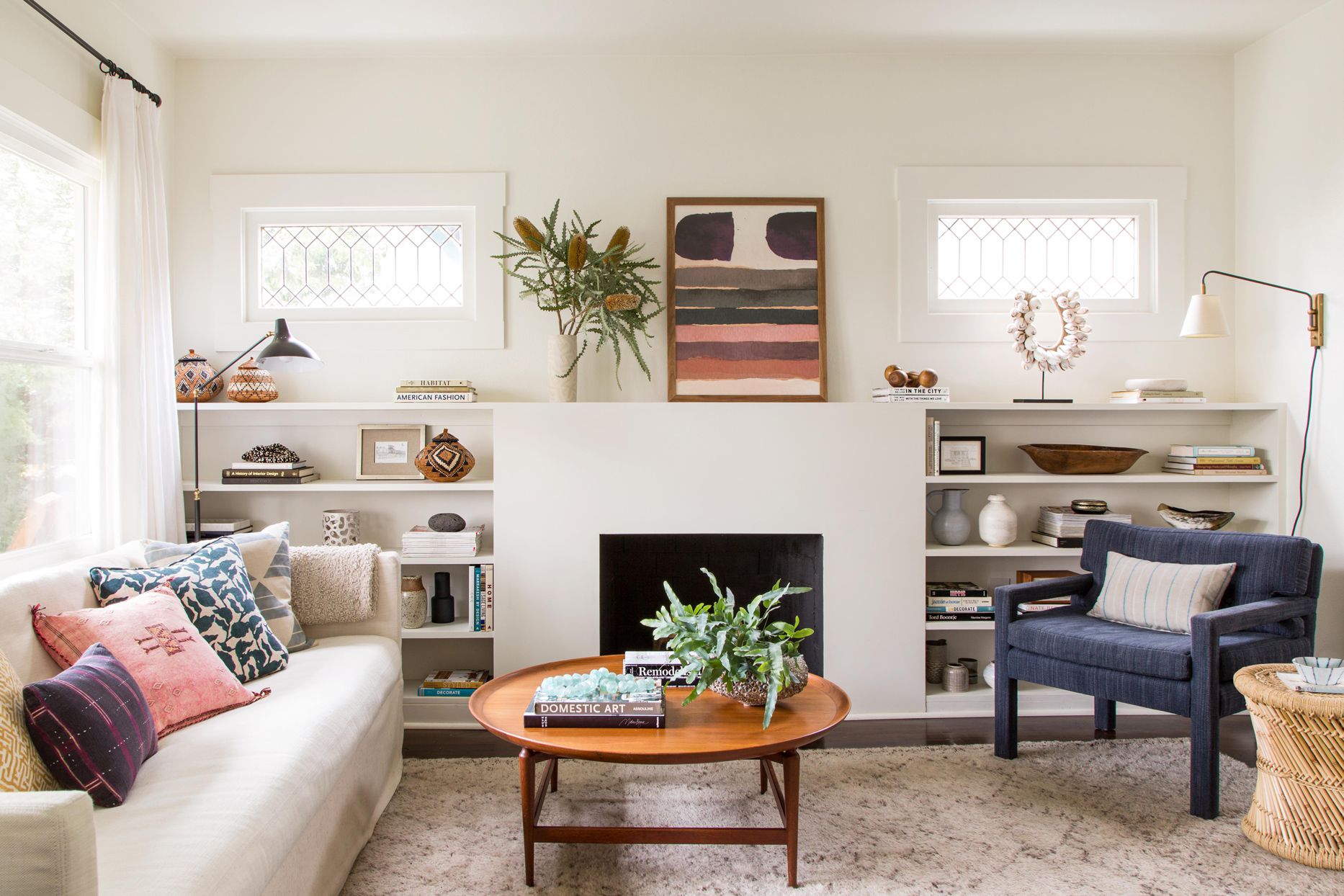
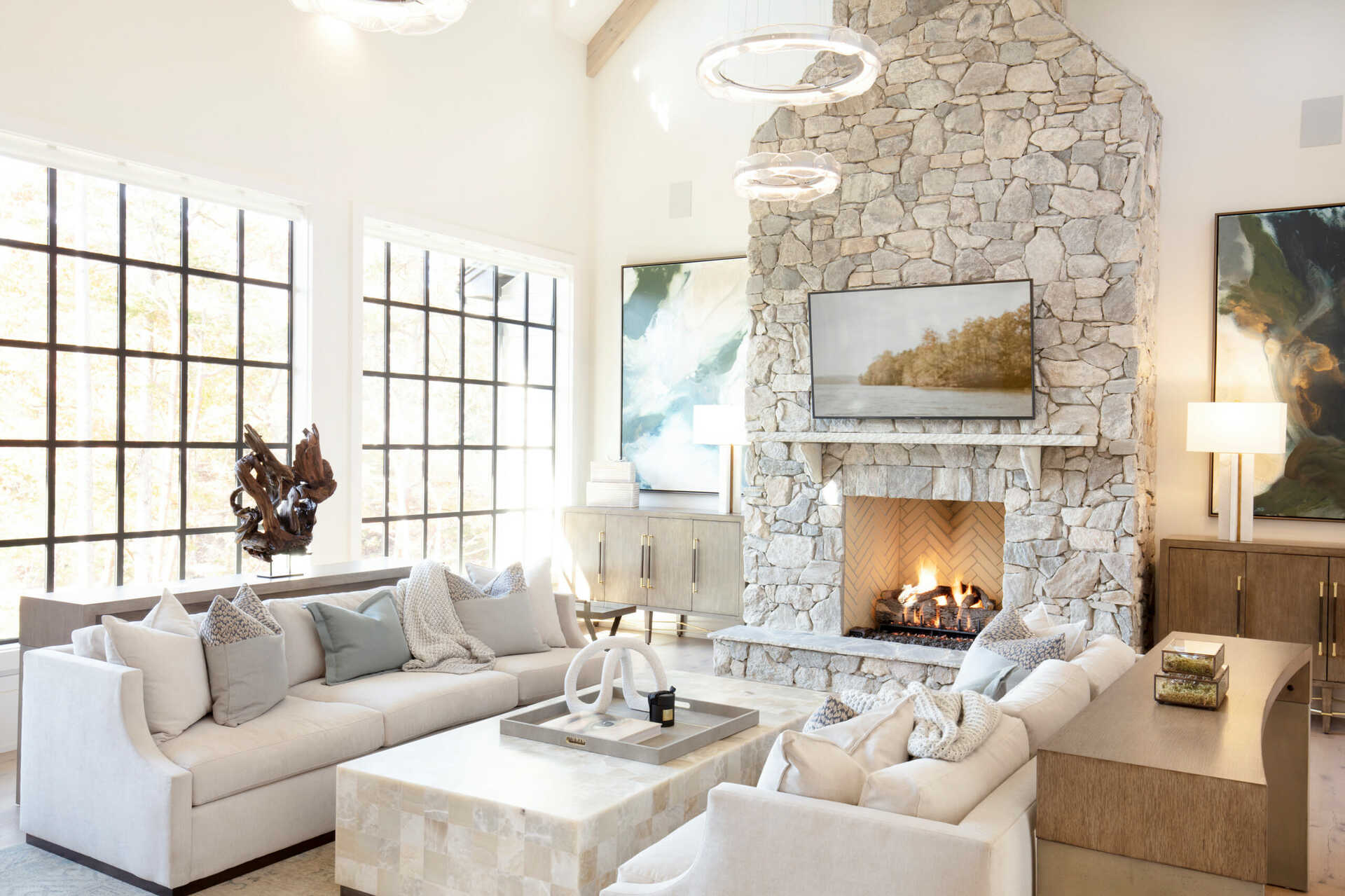
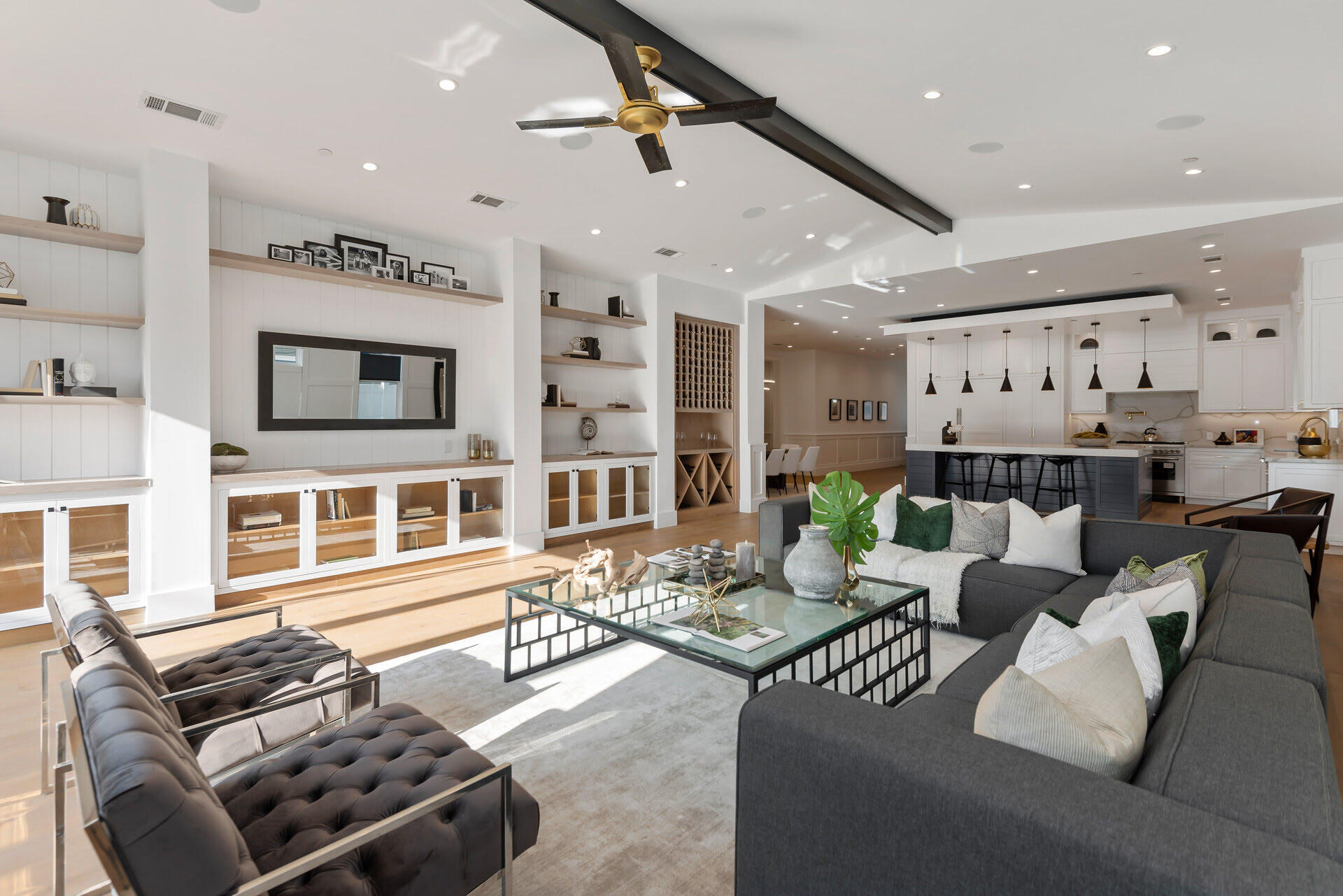
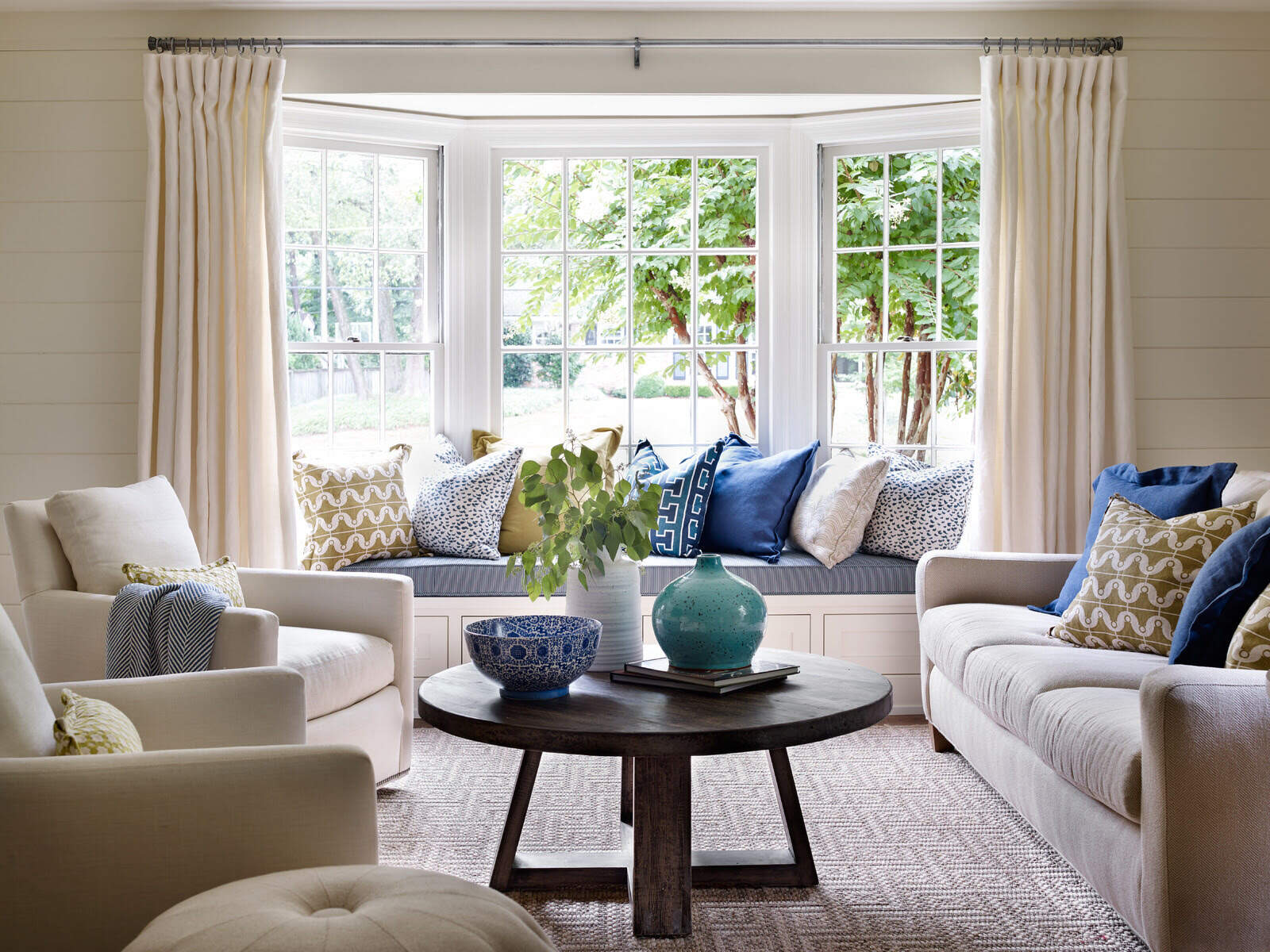
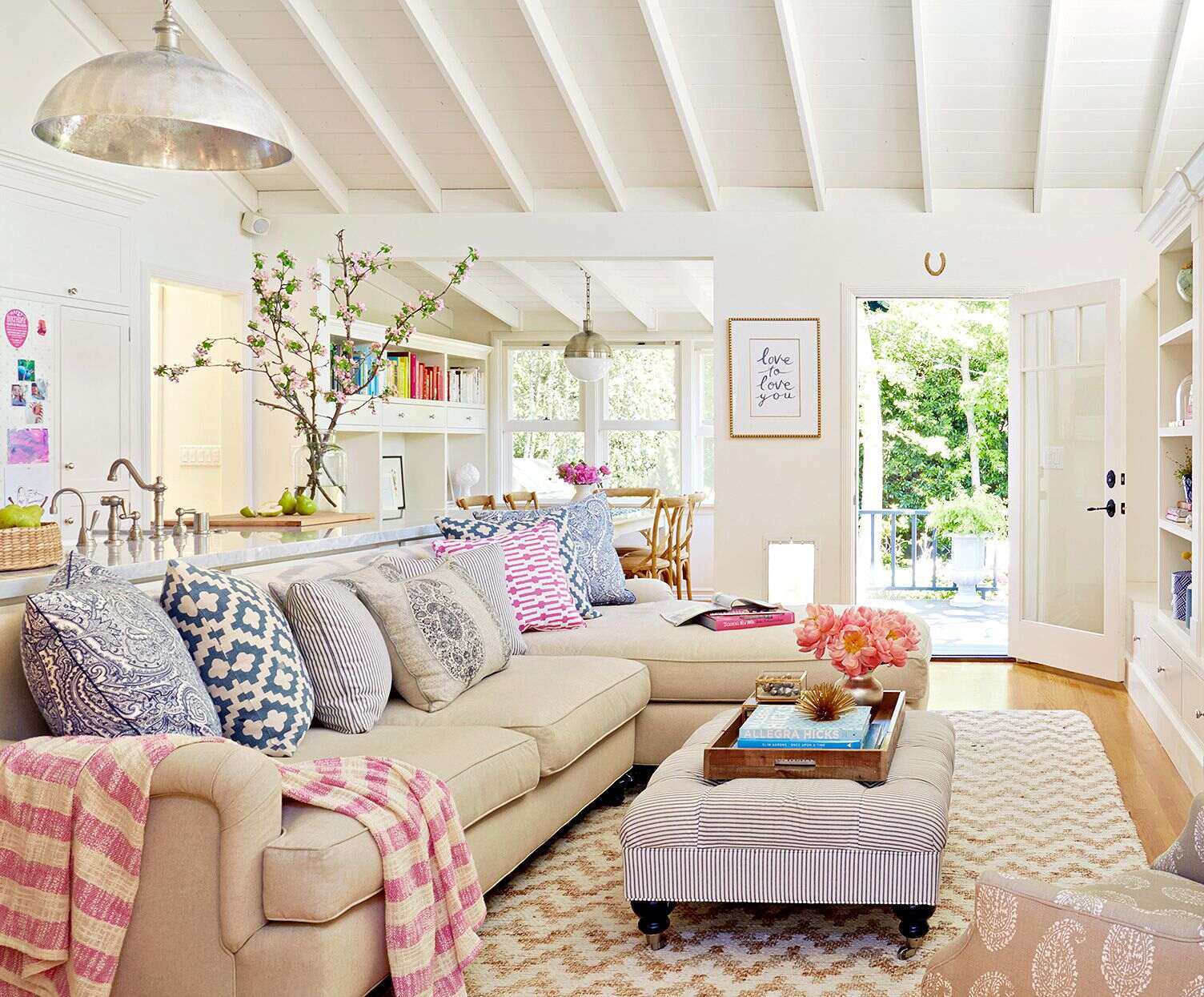
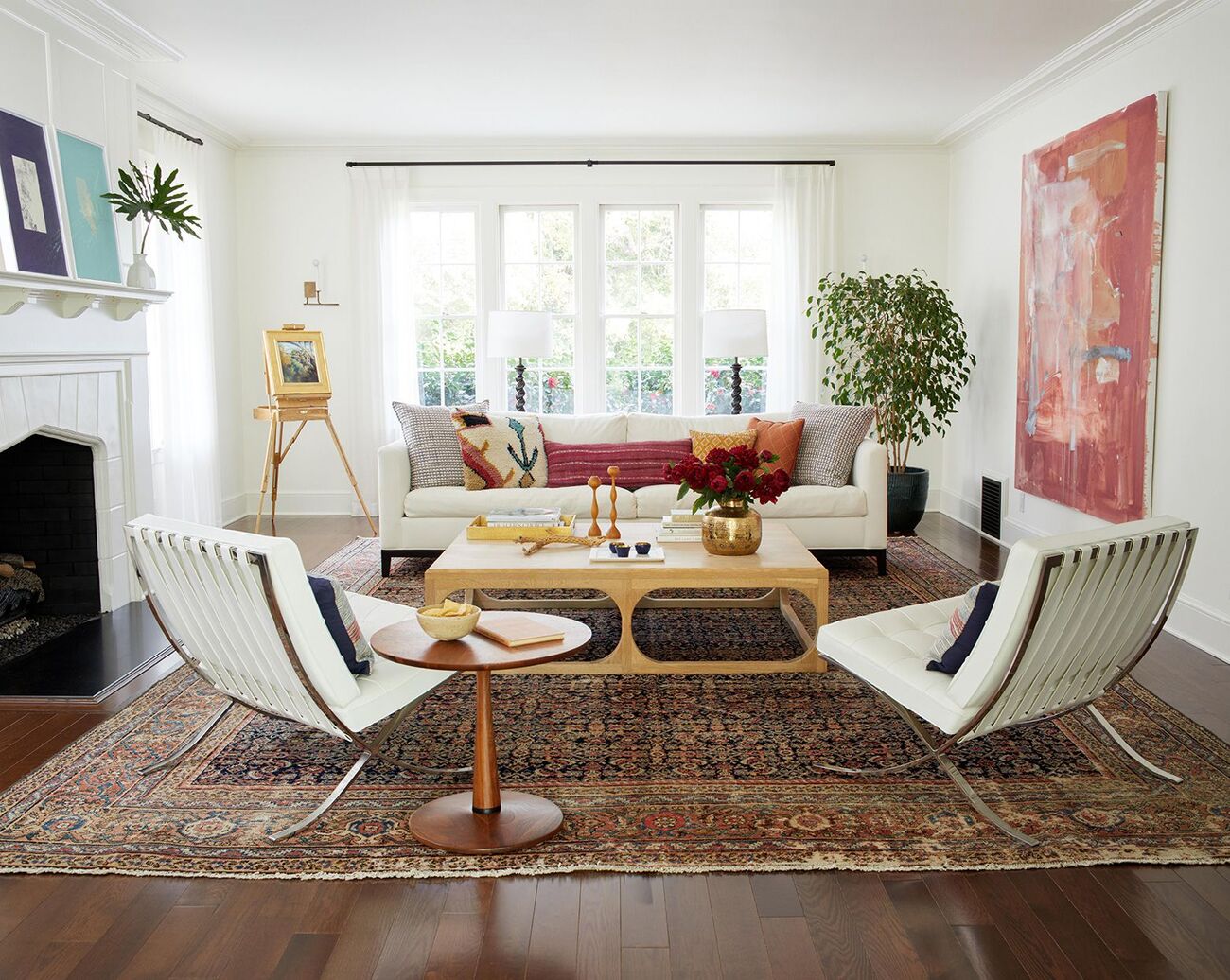
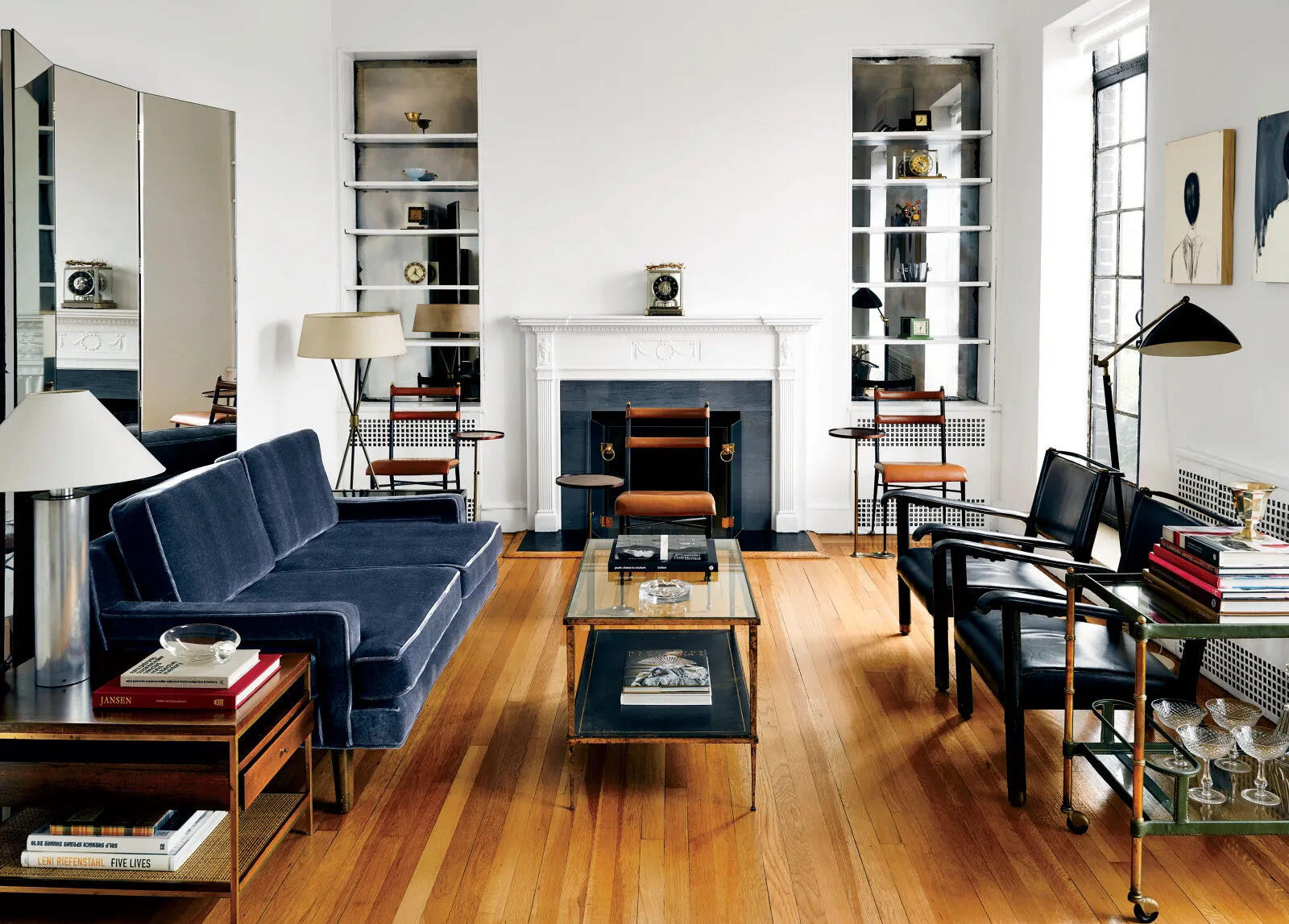
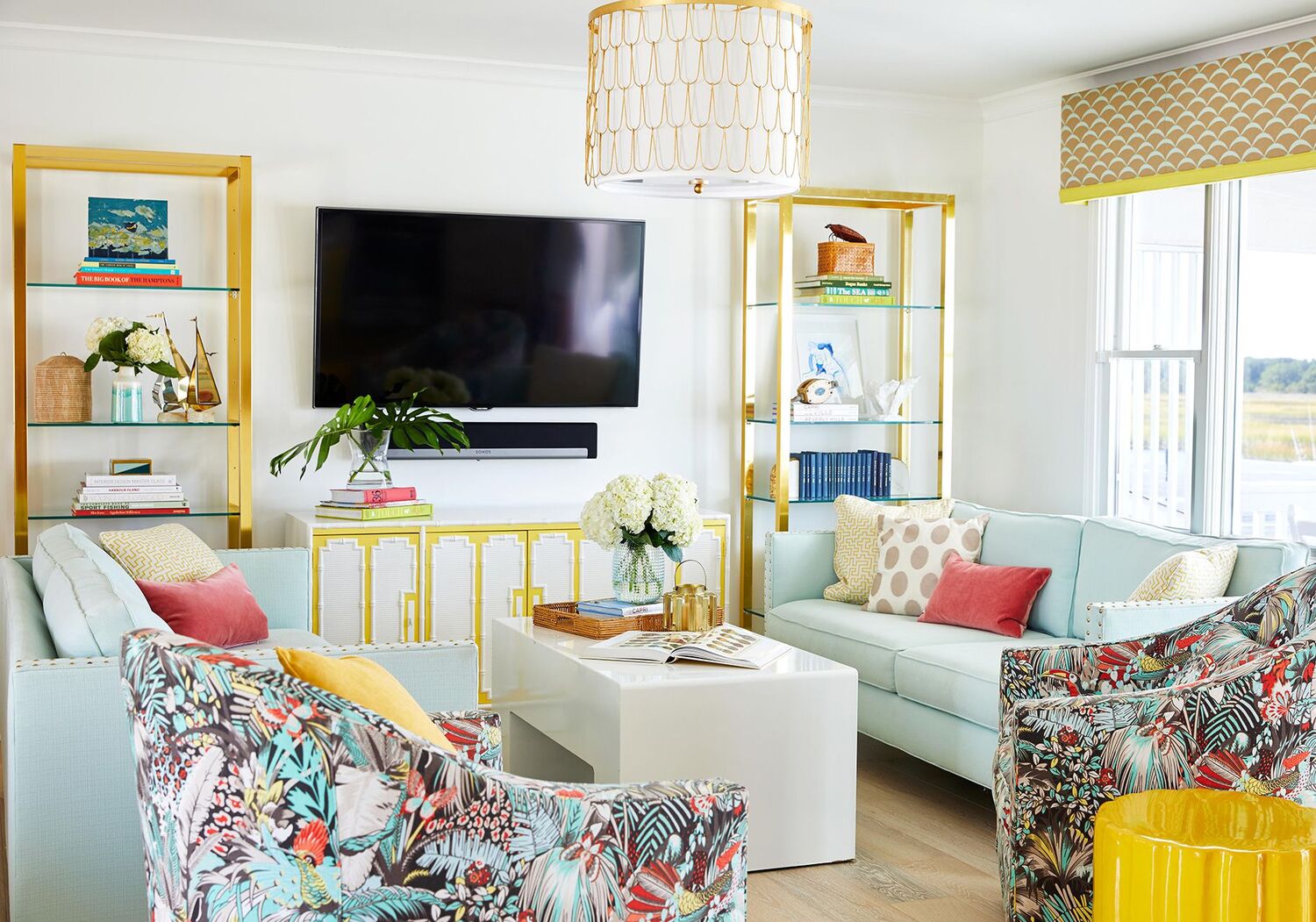
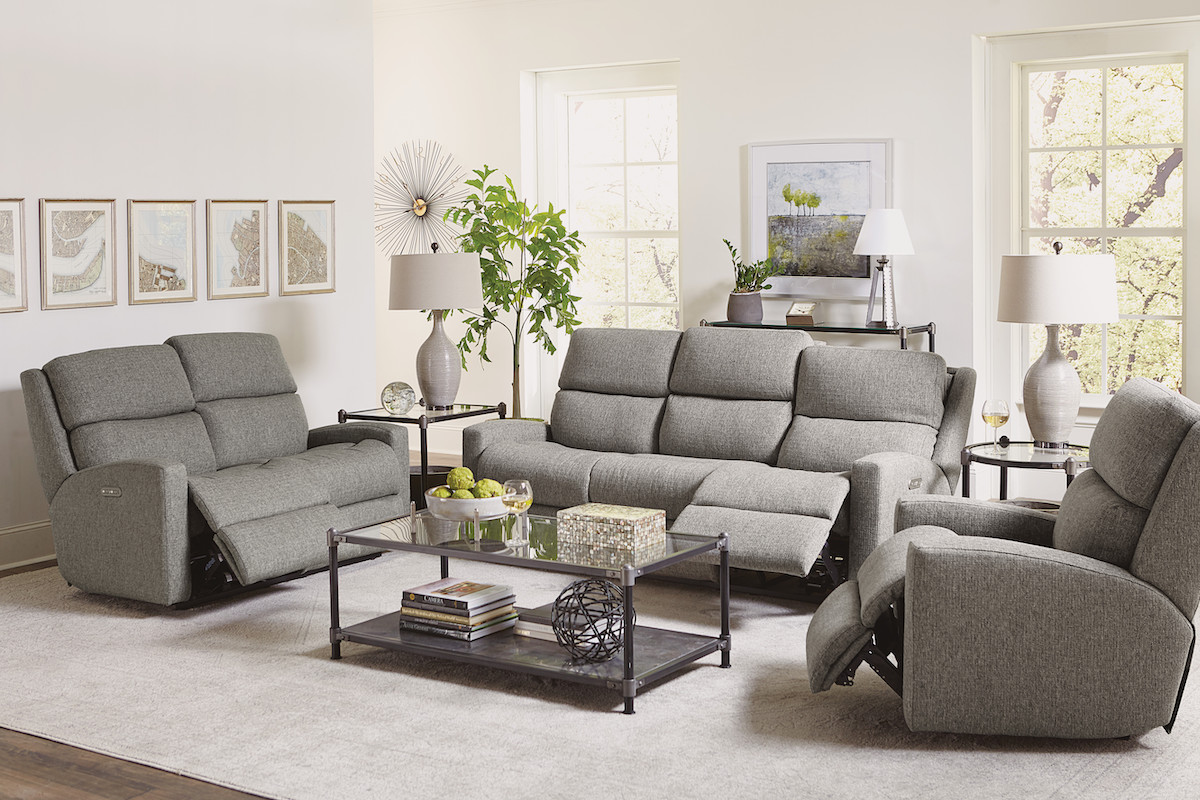
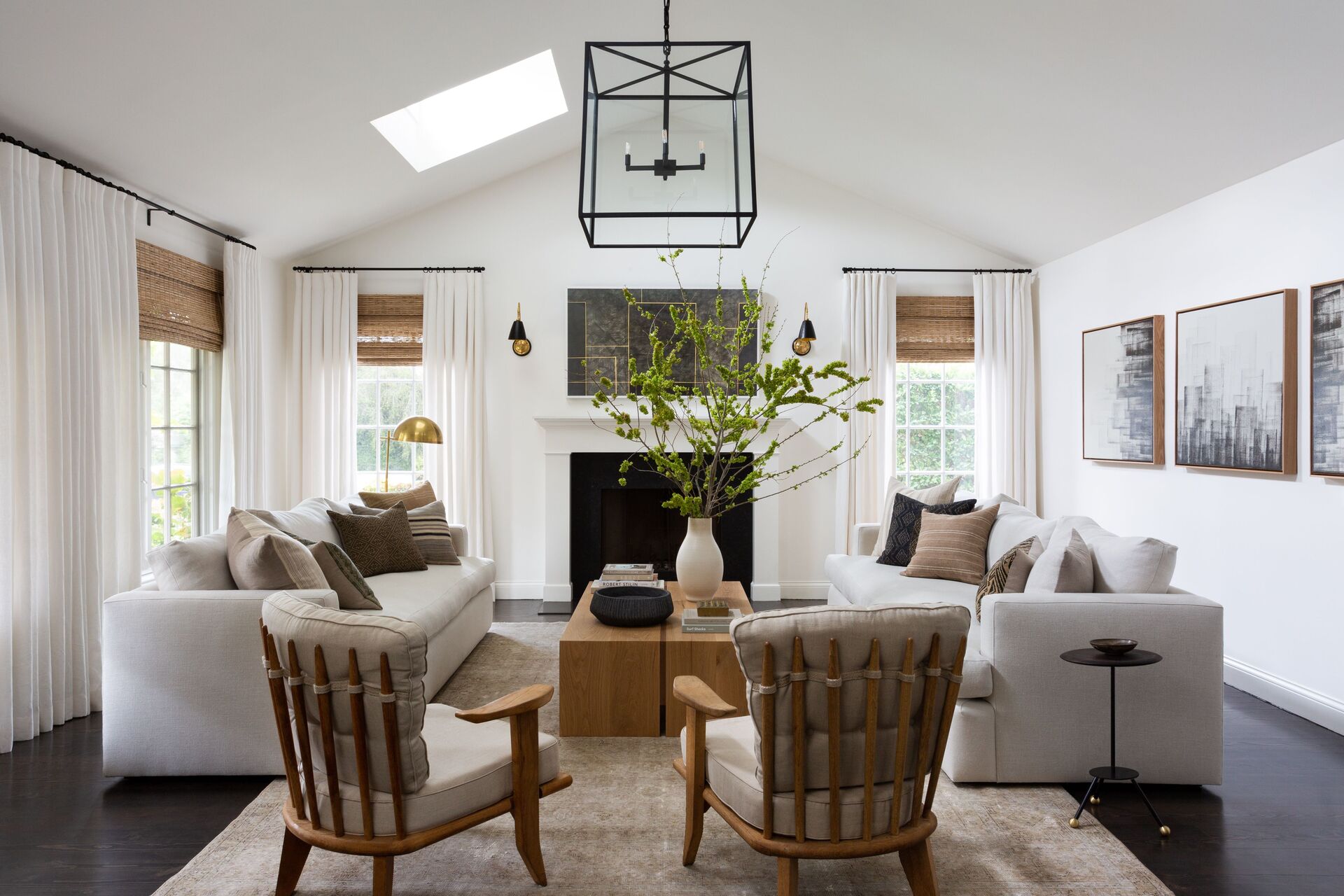
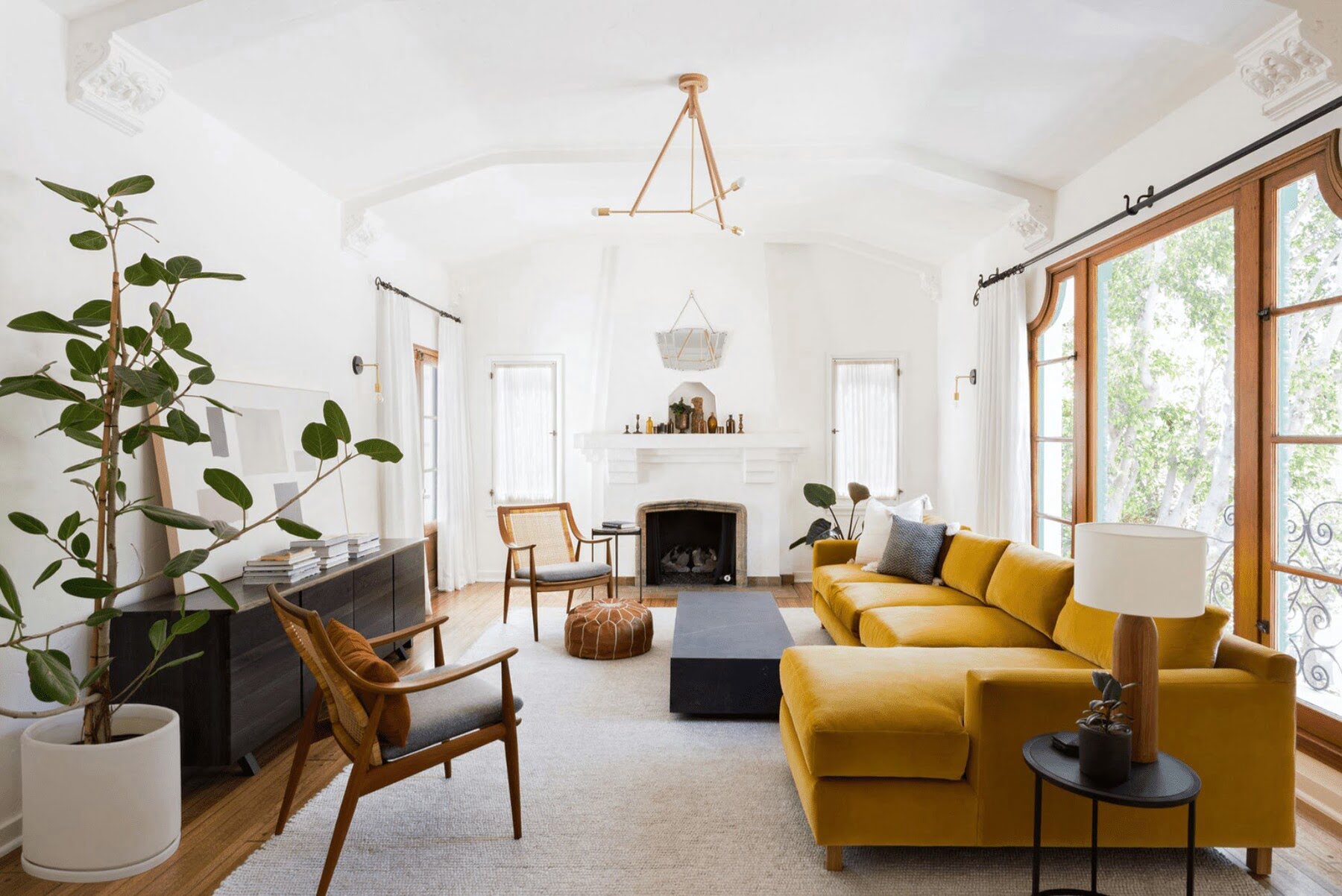
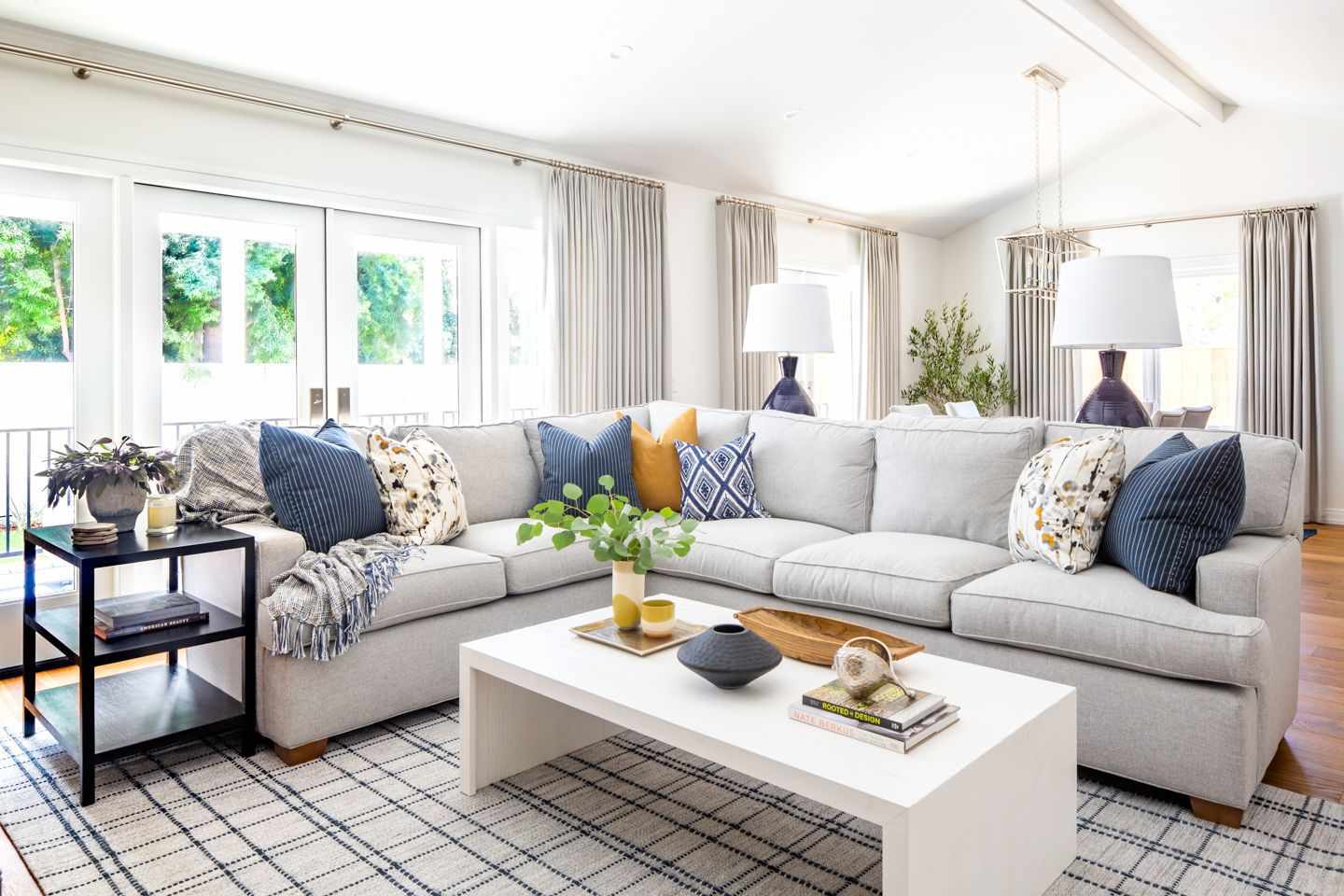
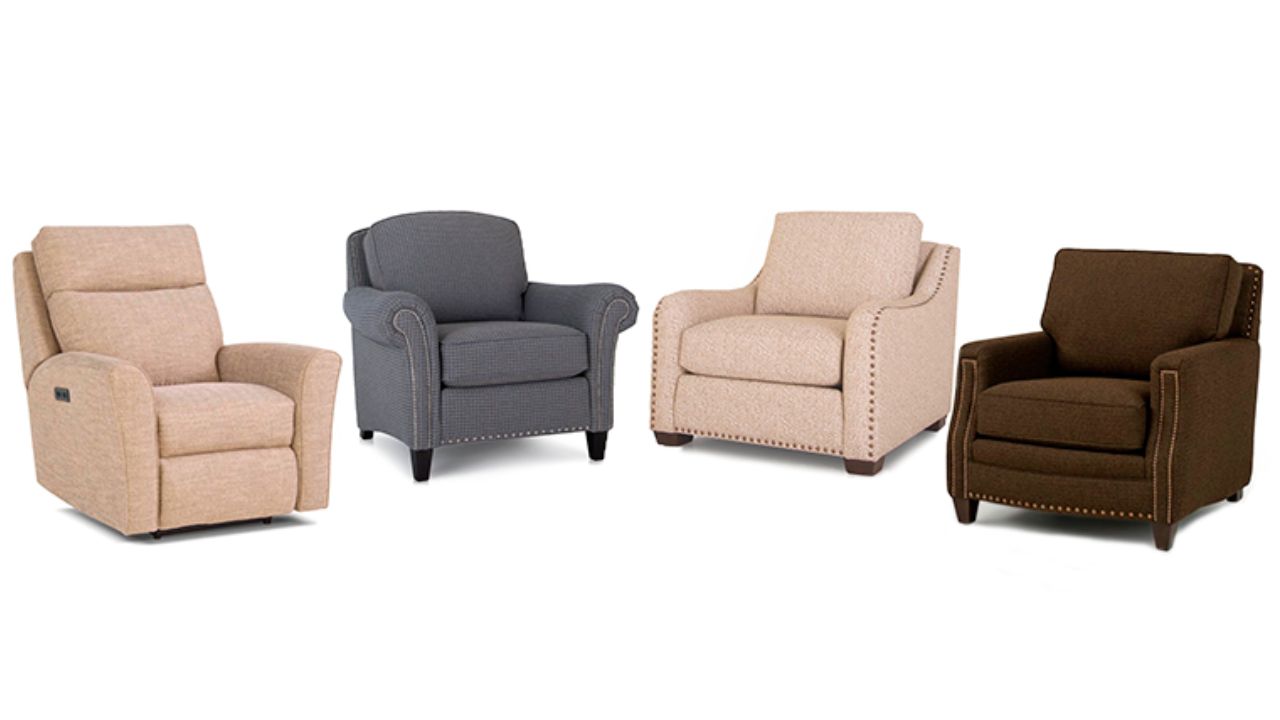

0 thoughts on “How To Arrange Furniture In A Rectangular Living Room”